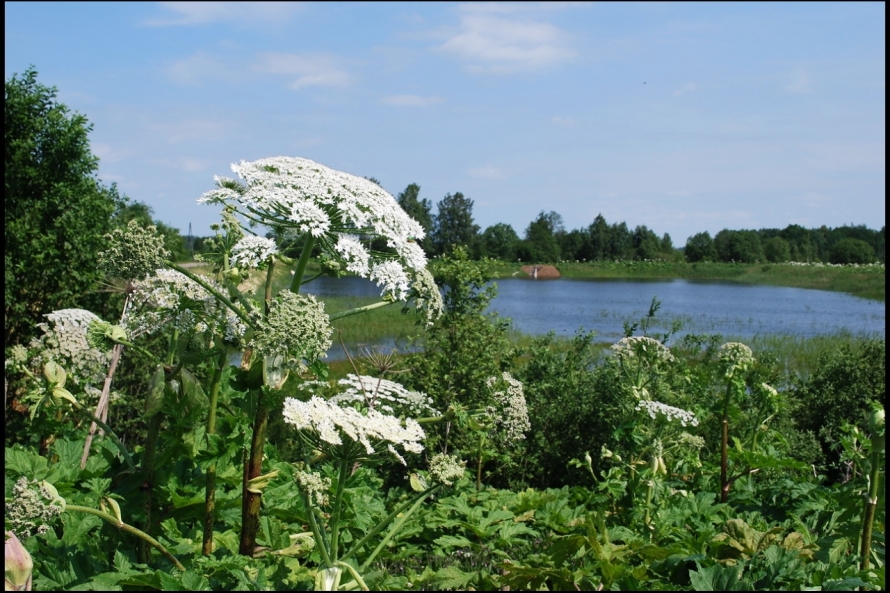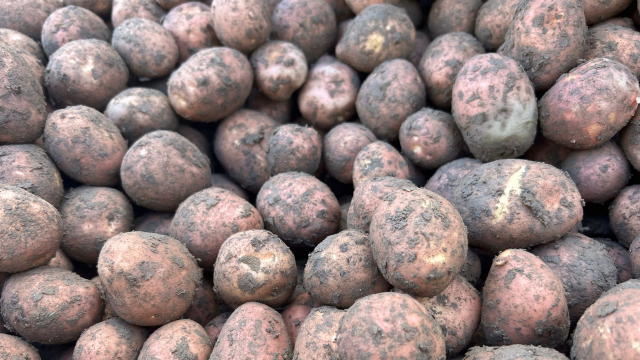At present, according to official data available to the State Plant Protection Service, an area of about 10,800 hectares of hogweed has been surveyed in the country, though this is likely to an under-estimate as it frequently grows in inaccessible areas.
Daugavpils district Višķu rural municipality is one of the territories, which is currently fighting the fodder plant imported from the Soviet Union sometimes also called "Sosnovsky cavalry". The rural municipality administration admits that the situation is gradually improving, but only as a result of an exhaustive land management program.
"At present, agriculture has moved much ahead compared to previous years, and legislation has changed. The State reserve fund land could not be leased from 2008 to 2017, it also gave a big minus to the fact that the fields were not processed, the situation has changed rapidly now, practically all the agricultural land located in the Višķu rural municipality has been rented to farmers and when they start to grow and mow the situation is improving," said Jānis Proms, Head of the Višķu Parish Administration.
However, on land that lies fallow, giant hogweed remains a huge problem and will spread to neighboring land with great ease.
Vidzeme and Latgale regions have the largest hogweed areas. In Latgale, the most affected area of hogweed is in the county of Dagda, where there is an estimated area of 800 ha, Vilānu and Daugavpils district have about 300 hectares, with slightly less in Rezekne district.
Overall, the amount of land occupied by giant hogweed is stable at best according to Dace Ūdre , a specialist of the State Plant Protection Service.
As Ūdre emphasizes, the attitude and willingness of each particular municipality to solve this problem is very important at the moment.
"Very great opportunities exist for the municipalities themselves. Municipalities can apply both carrot and stick methods, as with the Cabinet of Ministers regulations, local governments are tasked with organizing and coordinating measures to restrict the distribution of hogweed. They have information about all landowners, they are very good examples, where local governments are very active and work is going on," says Ūdre .
However, the work must be carried out unanimously, within the framework of a single municipality, meaning land bordering a neighboring municipality might present a particular problem.
"This issue is of a national level, because hogweed can only be tackled systematically. If there are land owners investing resources and tackling the problem, but right beside them is a negligent or failing landowner, then it does not work. It is necessary to have a united approach... if we leave the seeds to mature, it is just a matter of time..." says Elīna Tripāne, State Environmental Inspector in Latgale.
Giant hogweed grows very easily and quickly. Seeds can be spread by wind, water, cars and, animals. Its sap is phototoxic and can cause horrific and long-lasting burns.
It occupies a very large area, is a competitor of the surrounding species and is aggressive so indigenous species can not fight it, and there are few natural enemies, so it is spreading rapidly.
You can read another consideration of the obsessive nature of the hogweed problem in Latvia in our feature from last year.




























